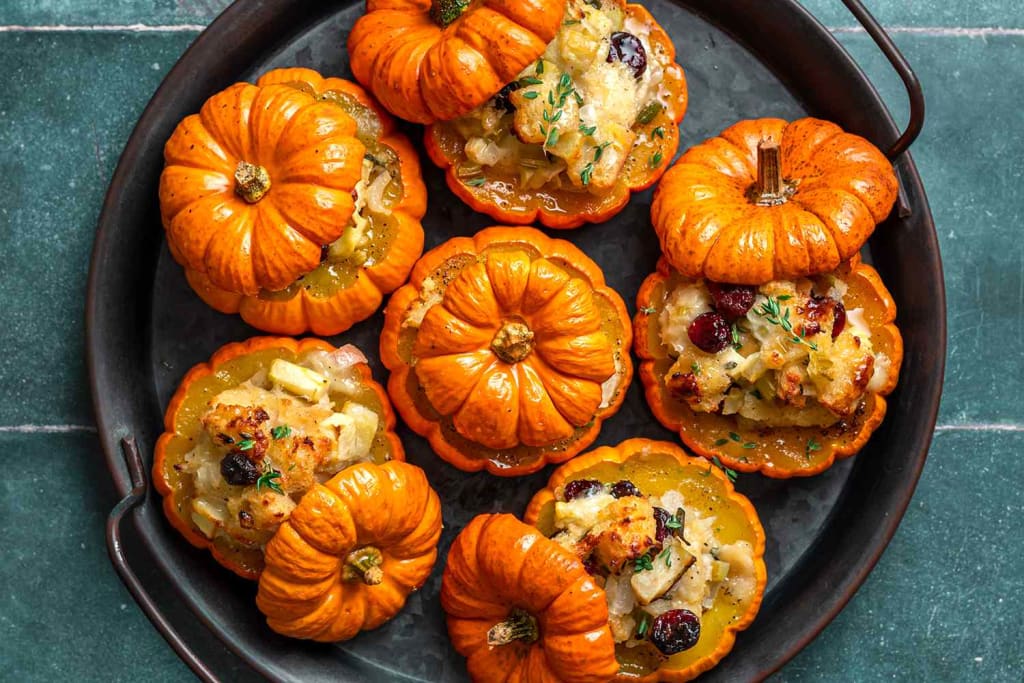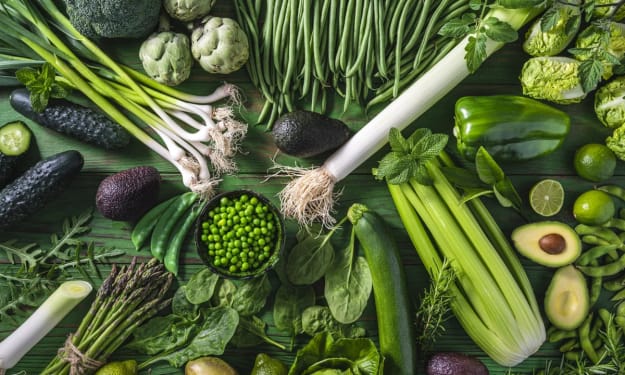Is Pumpkin Good for You?
It’s the quintessential flavor of fall. It also has big benefits for your health.

Q: Pumpkins are everywhere in the fall. But are they good for me?
Pumpkins are more than a seasonal decoration or flavoring for lattes. They have a long history as a versatile and vital source of nutrition, said Deneen Bex, a dietitian and diabetes care and education specialist in Farmington, N.M.
The pumpkin, which is a type of squash, is native to the Americas and was farmed by Indigenous communities “long before the arrival of Europeans,” Ms. Bex, who is Navajo, said.
And there are big benefits to their lasting popularity, she added. They are packed with nutrients like vitamins, minerals and fiber.
Why Pumpkin Is So Good for You
Pumpkin is what nutrition experts call a nutrient-dense food, meaning it packs a big nutritional punch in exchange for relatively few calories, said Rachel Kopeck, an associate professor of human nutrition at Ohio State University.
One cup of canned pumpkin, for example, contains 137 calories but provides more than 200 percent of the daily value for vitamin A, 36 percent of vitamin K, 25 percent of fiber and 22 percent of vitamin E. It’s also a good source of vitamin B6, vitamin C, magnesium, riboflavin, iron and potassium.
The vitamin A in pumpkin comes from plant pigments called carotenoids, which give pumpkin its golden color, and can be converted by the body into vitamin A, Dr. Kopeck said. Vitamin A is vital for vision, pregnancy, skin health and immune function — the last of which is especially “important as we head into the colder months,” she said.
A carotenoid in pumpkin called beta-carotene, as well as vitamins C and E, can also act as antioxidants and can help protect the skin from damage from UV rays and pollution, said Amanda Lynette, a dietitian specializing in gastroenterology at Michigan Medicine.
One cup of canned pumpkin purée, which is typically made from a pumpkin variety that is similar to butternut squash, contains about seven grams of fiber, a nutrient that most people in the United States could benefit from eating more of. Fiber can help you feel full and satisfied, can regulate your blood sugar and cholesterol levels, and can support a healthy gut microbiome, Ms. Lynette said.
The types of fiber in pumpkin can also help those who suffer from diarrhea or constipation by absorbing water and helping stool to move along inside the colon, Ms. Lynette added. And pumpkin “is a little gentler on the digestive tract” than other types of high-fiber foods, like kale or beans, she said, which have more “roughage” and can be a bit harder to digest.
Pumpkin’s potassium levels are also worth highlighting, Ms. Lynette said; research suggests that consuming more potassium may lower your blood pressure, improve your bone health and decrease your risk of stroke and kidney stones.
And don’t forget the seeds, which are edible and also contain valuable nutrients, Ms. Bex said. Whether shelled or unshelled, pumpkin seeds are a good source of protein, fiber, healthy fats, iron, magnesium and zinc. A half-cup of shelled pumpkin seeds, also called pepitas, contains 21 grams of protein and 4.5 grams of fiber, for example.
How to Eat More Pumpkin
Canned pumpkin is just as nutritious as purée made from scratch, and it’s much easier and more convenient, Ms. Lynette said. Just be sure to buy plain pumpkin purée and not pumpkin pie filling, which can have added sugar and sodium and may not provide as much fiber, she added.
Ms. Lynette likes to add a scoop of pumpkin purée to oatmeal or plain yogurt, and then top it with a sprinkle of cinnamon and a “little drizzle of maple syrup,” she said.
Beyond seasonal classics like pumpkin bread and pumpkin pie, you can also use canned pumpkin for “hearty savory dishes,” Ms. Lynette said, like chilis, soups, enchiladas, curries and pastas.
The large pumpkins sold for jack-o’-lanterns and seasonal décor aren’t great for eating, Ms. Lynette said, though you can scoop out the seeds, toss them with seasoning and roast them for a savory or sweet snack.
If you want to cook pumpkin from scratch, look for small pie pumpkins in your grocery store. Or consider visiting a local farm, Ms. Bex said, maybe even one that is Native-owned, if there are some nearby, which may grow a larger and more unique variety of pumpkins and winter squashes.
Ms. Bex celebrates pumpkins year-round and grows them herself. As a child, she ate pumpkin at her grandmother’s house. Her grandmother would roast it in the oven, and she would scoop it right out of the shell with a spoon — still one of her favorite ways to enjoy pumpkin.
About the Creator
Nowshin Hasan
Reviewer, writer, traveler: I love to write and I am not limited by form. Here, you will find stories, articles, opinion pieces, poems, all of which reflect me: who I am, what I love, what I feel, how I view things.
Enjoyed the story? Support the Creator.
Subscribe for free to receive all their stories in your feed. You could also pledge your support or give them a one-off tip, letting them know you appreciate their work.






Comments
There are no comments for this story
Be the first to respond and start the conversation.